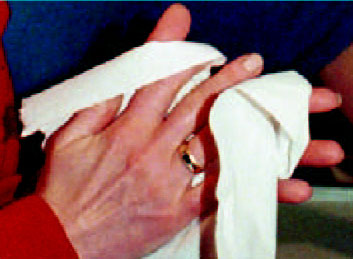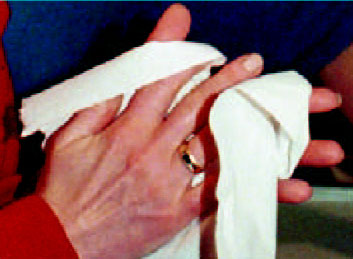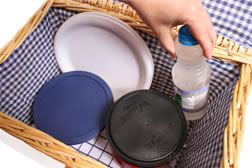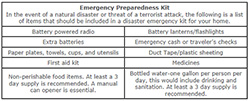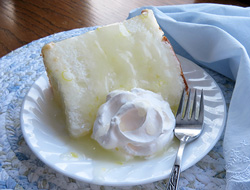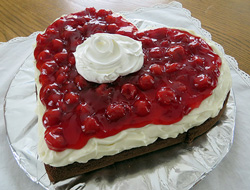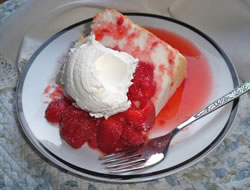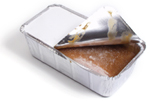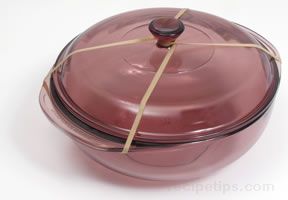|
Hot Soapy Water | Keep Cold Foods Cold | Keep Hot Foods Hot Children are heading back to school with lunches that are prepared and packed in the morning and not eaten until lunchtime. Extra care must be taken to prevent the growth of bacteria that cause flu-like (sometimes severe) symptoms in children. Wash Your Hands Not washing hands before, during, and after preparing food is the largest cause of cross contaminating foods.
This is the most effect method to rid your hands, utensils, and surfaces of harmful bacteria that cause cross contamination. If hot soapy water is not readily available, use anti-bacterial wipes or lotions. Cold foods need to be kept below 40º F to prevent the growth of harmful bacteria. If the temperature is allowed to rise to 40º F or above, enough bacteria can grow within the first 2 hours to cause your child to become sick. Insulated lunch boxes are preferred over paper bags. If using paper bags, double them to help insulate. Place the ice source in an air tight, sealed bag. Ice packs in various sizes and shapes are available. If your budget is tight, create your own ice packs. Fill an air tight bag with water within 1 inch of the seal and freeze. Freezing a juice drink and packing with the lunch will help keep the lunch cold and will provide a cold drink once lunch time arrives. Most schools provide cold milk for a minimal cost. If you choose to send your own, store in a well insulated thermos. If you do not have ice packs at your disposal, freeze your sandwich. A coarser bread, such as wheat, works best. White bread tends to become soggy by lunch time. Toppings such as dressings, lettuce and tomato should be packed separately and put on your child's sandwich later to preserve freshness. Hot foods need be kept above 140º F to prevent the growth of harmful bacteria. If the temperature is allowed to drop to 140º F or below, enough bacteria can grow within the first 2 hours to cause your child to become sick. Hot foods should be placed in a thermos that has been pre-heated. Before placing the hot food in the thermos, place hot water into the thermos. Let hot water sit for 2-3 minutes, empty, and fill with hot food. To keep food hot, do not open the thermos until ready to eat. Insulated containers are best. If you prefer to use brown paper lunch bags, do not use pre-used bags or grocery bags. These bags could already contain harmful bacteria. Lunch boxes, food containers, and thermos' need to be cleaned with hot soapy water after each use. Safe Foods - Non Perishable Foods Lunch foods that do not need to be kept hot or cold include:
Don't allow food to remain at room temperature for more than 2 hours, 1 hour in hot weather. The appearance and smell of food is not always changed by the presence of bacteria. By the time your child brings his lunch home, the chances are high that the leftovers are not safe to eat. When in doubt, throw it out. Do not re-use air tight bags or food wraps. If a refrigerator is not available, instruct your child to keep their lunch out of the sun. Their lunch is safest in a cool, dry place. Pay attention to "use by" dates on the packaging of perishable foods. Do not eat them after the "use by" date. Most often, that is the date in which harmful bacteria will begin to grow. Sandwiches that have been made the night before should be refrigerated and placed directly into a cooled lunch bag in the morning. Before your child heads back to school, test the safety of their lunchbox. This safety test can be done by packing and storing a lunch in the exact way you would if your child was off to school. At the designated lunch time, test the temperature of the foods with a food thermometer. Cold foods are safe to eat at temperatures below 40º F. Hot Foods are safe to eat at temperatures above 140º F. |
Loading
Back to School Food Safety

Provided By
RecipeTips
RecipeTips

Loading
There currently aren't any reviews or comments for this article. Be the first!
Advertisement
Advertisement

